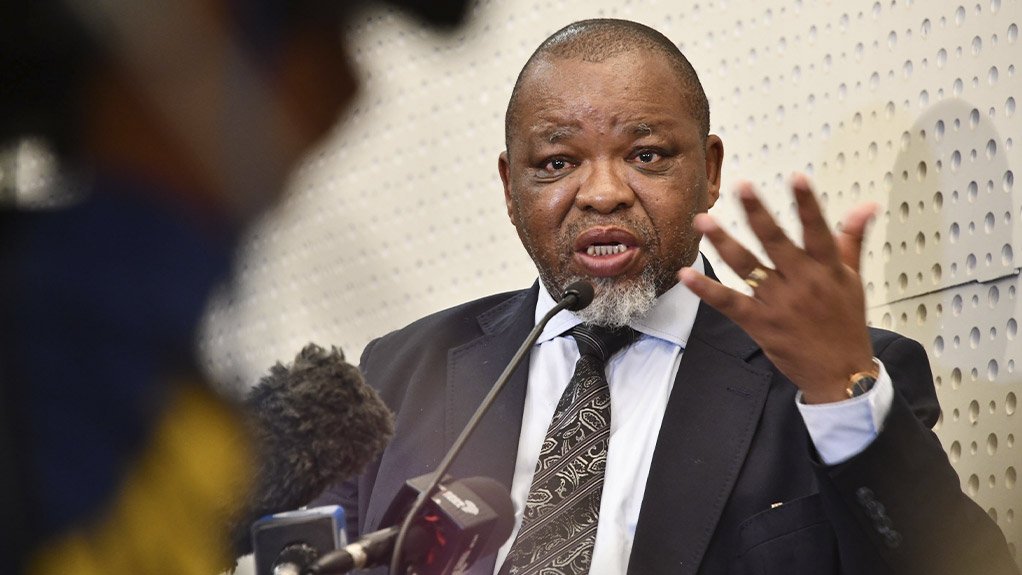Mineral Resources and Energy Minister Gwede Mantashe is aiming to seek Cabinet approval to publish an updated Integrated Resource Plan (IRP) for public consultation during an upcoming Cabinet meeting in September.
Speaking on the sidelines of a critical minerals summit in Sandton, Mantashe indicated that he would be presenting the document, which he dubbed ‘IRP 2023’, at a Cabinet committee meeting during the first week of September with the aim of making a presentation to Cabinet itself at the subsequent meeting of the executive.
Cabinet, which next meets on August 30, typically convenes on Wednesdays on a fortnightly cycle.
Given the importance he is attaching to the update, the Minister confirmed that he had decided to remain in South Africa for the Cabinet committee meeting rather than to travel to Australia for the Africa Down Under conference, which is scheduled to take place from September 6 to 8.
“[The IRP presentation] has deprived me from going to Australia, to Africa Down Under, because I thought it was a very important item [and] I must go myself to the Cabinet committee,” Mantashe told reporters.
He also confirmed that he was “obliged” to take the updated IRP through a public consultation phase once he had received approval from Cabinet to do so.
However, he was adamant that the update should be finalised this year, a timeline reinforced by his continual reference to the document as IRP 2023.
The document would be broken into two phases, with the first phase outlining electricity generation additions to 2030 and the second phase covering the period beyond 2030.
Given Mantashe’s vocal support for gas, nuclear and what he calls clean-coal technology there is an expectation that the three technologies could receive greater prominence in the draft update than was the case with the current IRP 2019, which was Gazetted in late 2019.
The extension of the timeframe beyond 2030 is also likely to be supportive of a new nuclear allocation, considering the protracted lead times involved in approving, financing and building new reactors.
The document is likely to be heavily contested, particularly given ongoing research indicating that South Africa’s least-cost future electricity supply will arise from a combination of solar, wind and complimentary dispatchable technologies, such as batteries, pumped hydro and some gas or diesel, together with grid-balancing solutions.
EMAIL THIS ARTICLE SAVE THIS ARTICLE ARTICLE ENQUIRY
To subscribe email subscriptions@creamermedia.co.za or click here
To advertise email advertising@creamermedia.co.za or click here











